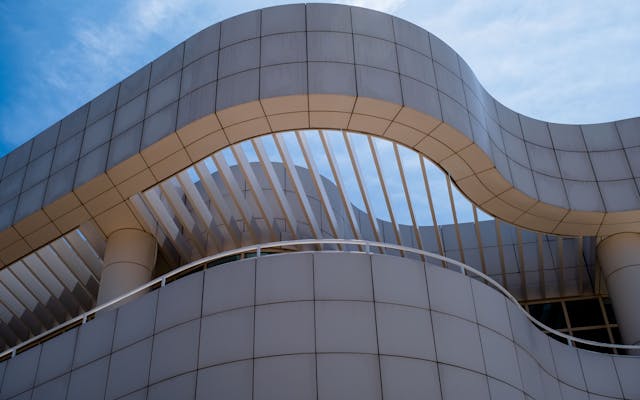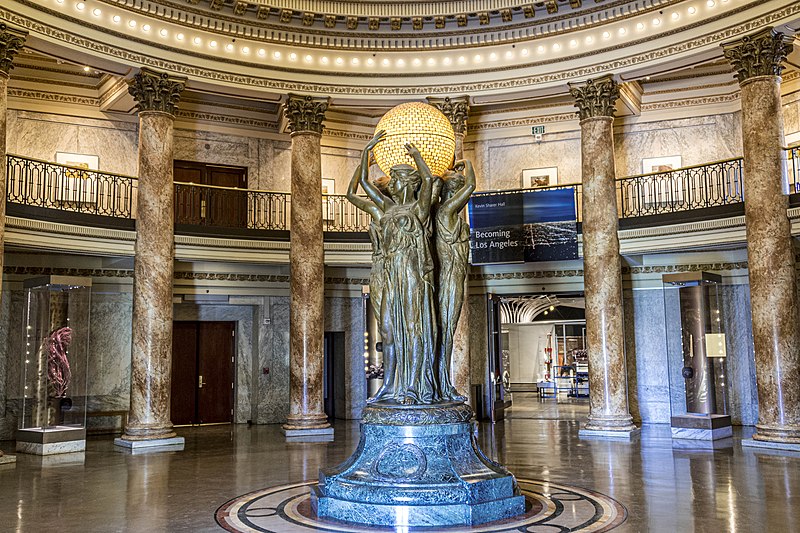by Scott Olpin, on June 10, 2024
In today’s fast-paced digital world, managing physical archives efficiently is crucial for many organizations. The innovative PLUG&MOVE system is designed to modernize and simplify high-density record storage. Modernizing Archives: The …
Read Story
by Scott Olpin, on May 15, 2024
Project-based learning has emerged as a powerful pedagogical approach, encouraging students to engage in deep learning through real-world projects. However, implementing project-based learning can be logistically challenging, especially in classrooms …
Read Story
by Scott Olpin, on April 15, 2024
The Seismic Challenge The ever-present San Andreas Fault, along with numerous lesser-known faults, places California's museums, such as the Los Angeles Museum of Contemporary Art, Bowers Museum, and Benton Museum, …
Read Story
by Scott Olpin, on March 15, 2024
The shift towards collaborative and inclusive education is a cornerstone of modern pedagogy. However, creating an environment that supports these ideals can be challenging with traditional classroom setups. Enter ActivWall, …
Read Story
by Scott Olpin, on February 15, 2024
The Los Angeles County Museum of Natural History, a cornerstone of cultural heritage overlooking the Rose Garden, seamlessly blends historical grandeur with contemporary resilience. Originating in 1910 and crafted by …
Read Story
by Scott Olpin, on January 15, 2024
In the ever-evolving landscape of education, where the demands on teaching and learning are more challenging than ever, there emerges a beacon of innovation that promises to transform our classrooms …
Read Story
by Scott Olpin, on November 2, 2023
Maintaining sterile environments efficiently is a critical priority in the healthcare sector. An often-underestimated contributor to this objective is proper storage of supplies, tools, and equipment. However, the uses cases …
Read Story
by Scott Olpin, on August 17, 2023
Preserving the cultural and historical significance of fine art necessitates not only a keen understanding of art history but also of the best practices for its storage and care. This …
Read Story
by Scott Olpin, on May 25, 2023
Southern California is home to many museums, each with its own unique collection of artifacts that are important to preserve for future generations. However, storing museum artifacts in Southern California …
Read Story
by Scott Olpin, on March 3, 2022
The short answer is: You wouldn’t want the benefits, unless you’re interested in reduced overhead, more efficient operations, better inventory management, and increased employee safety. But as a successful business …
Read Story













